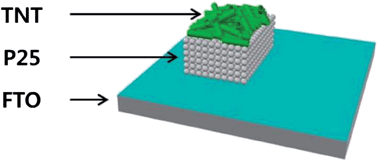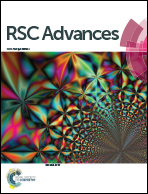Hydrothermal synthesis of TiO2 nanotubes and their application as an over-layer for dye-sensitized solar cells
Abstract
Different nanostructures of TiO2 play an important role in the kinetics of dye sensitized solar cells (DSSC) and affect the overall light harvesting efficiency of the cells. This article describes that the one dimensional nanostructure of TiO2 (nanotubes) can increase the light scattering effect, light harvesting effect and electron transport in the DSSC to improve its performance. Pure anatase TiO2 nanotubes were synthesized by a hydrothermal method using commercial material (P25) due to which the manufacturing cost of the DSSC was enormously reduced. To enhance the power conversion efficiency of the DSSC, a new type of double layered photoanode was prepared and optimized by using TiO2 nanoparticles as the main layer and TiO2 nanotubes (TNT) as the over-layer. These prepared cells were analysed by optical, photovoltaic and electrochemical measurement systems. The cells having the TNT over-layer showed longer electron life time, higher BET surface area and pore volume and 40% improved light harvesting efficiency. This new and optimized structure will be concrete fundamental background towards the development of the applications of next generation dye-sensitized solar cells.


 Please wait while we load your content...
Please wait while we load your content...